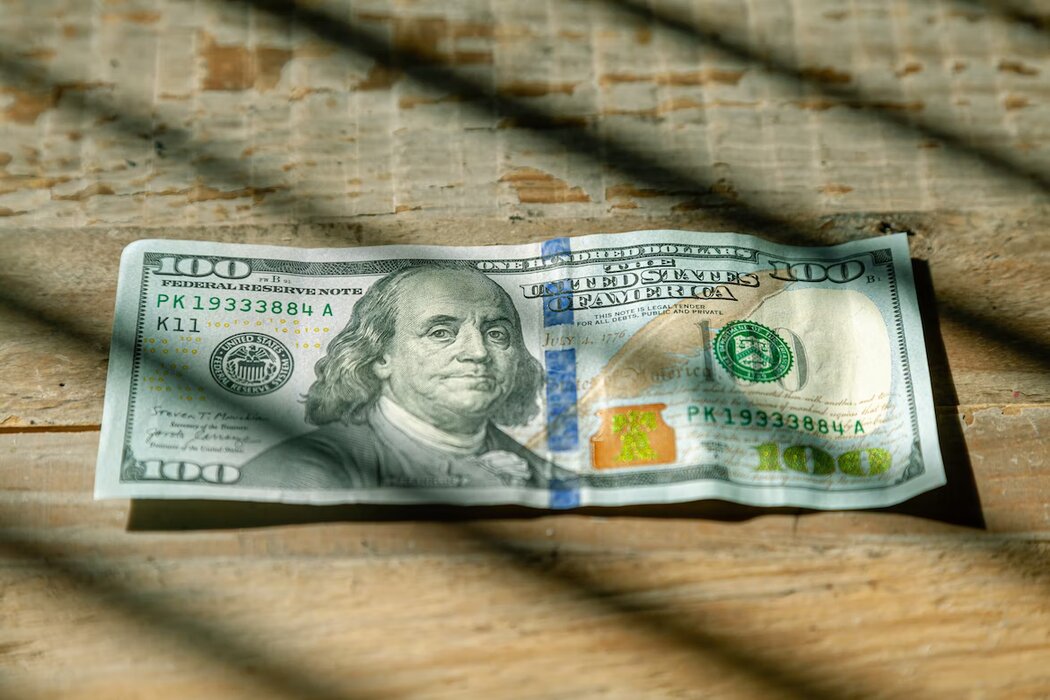For a long time, I have been interested in finding the best ways to evaluate trading results. Many traders don’t pay much attention to their trading performance, or ignore it altogether.
They only care about how much money they make or lose from trading.
Of course, the final outcome in terms of dollars matters the most; but if you want to improve your trading skills and achieve lasting success, you need to measure your day trading performance effectively.
What is Trading Performance
Trading performance is the method used to assess a trader’s return and risk appetite or aversion.
It can be represented by various forms and complex calculations, and it can apply to any kind of trader, from day traders to swing traders and everything else.
The difficult thing with measuring performance is that it involves a lot of numbers and different ways of measuring them, which brings us to the next part of this article.
Trade Reporting
You might think that these reports can help you improve your trading performance by showing you many different statistics.
But I have found out from talking to traders that most of them don’t care about all the numbers and formulas. They just want to know the basics, like:
How many trades were profitable
How many trades were not
Total Profit
Biggest Win
Biggest Loss
Some traders might only look at the first three items on this list.
The reports are not wrong or useless. They just give you too much information that you don’t need.
Trading Performance Graphs
Most active traders and day traders are visual learners. Why else would we fill completely comfortable sitting in front of flashing screens for hours at a time?
After reviewing the trading performance report, your next likely move is to look at your performance graphs.
As always, a picture is worth a thousand words.
From a basic line chart, you can tell how consistent you are at making profits.
Do you look at your chart and see a huge drop or rise in equity?
Do you see your performance constantly hover around a certain account value, but you are unable to have a breakout moment when trading?
While the graphs are the visual representation of your trading activity, what value do they really add?
How do these graphs help you figure out what to address in your day trading system?
Good performance?
I used to wonder for a long time how other traders were doing.
Whenever I had a good streak, I would start thinking, “I wonder how much this trader is earning.”
Or I would read about a top trader who had 50 winning day trades in a row, or a trader who turned $50,000 to $1,000,000 in less than 2 years.
I knew that these results were either not verified or very rare.
But somehow I couldn’t stop myself from thinking, is there more? Could I have made more money this year, or last week?
This is a cycle that traders go through where they think that if they could only be better than the next trader, everything in their trading career would fall into place.
Let me tell you the truth once and for all.
The only trading performance you need to worry about is your own.
Please take some time to understand that idea. How much money should you make in a week?
You tell me.
How much money should you make in a year of swing trading?
You tell me.
When you reach this point in your trading career and trading psychology, you are ready for the breakthrough that you have been missing for so long.
So How do You Really Measure?
While there are a host of graphs, formulas, and complicated algorithms to measure your trading performance, I am here to tell you there are 2 numbers that matter the most.
#1 – R
The profit factor, denoted by R, is a metric used to measure profitability by dividing the total amount gained from winning trades by the absolute value of losses from losing trades.
Personally, I find R to be a useful calculation method because it provides insight into the profitability of trades relative to losses, regardless of the total number of trades.
This means that even if my winning percentage is only 40%, I can still generate profits if the profits from my winning trades exceed the losses from my losing trades.
#2 – Maximum Draw Down
Maximum drawdown refers to the amount of money lost from the most recent peak in your trading account before reaching a new high.
For instance, if your account reached a peak of $100,000 but subsequently declined to $85,000 before reaching $100,000 again, then the maximum drawdown would be 15% ($85,000/$100,000).
Monitoring maximum drawdown is a crucial key performance indicator when assessing trading performance.
As I have emphasized in prior articles, the difference between successful traders and those who lose their entire account is often the ability to limit drawdowns.
Bringing it All Together
You might have heard of these topics before in some way.
But now we are going to take the conversation to a higher level. To measure your performance you need to figure out how many trades you need in a cycle.
For me, it’s 10-day trades based on how much I trade.
Your number of trades can be more or less. Then we need to start tracking your R and maximum drawdown over your chosen trading cycle.
At the end of each cycle, you will want to record the value of R and the maximum draw-down values.
Establish Your Baseline
You will see that you will start to set your baseline as a trader after your first 5 to 10 cycles.
In your first cycle, you may have a .35 for R and a 25% for drawdown.
Don’t judge the numbers as good or bad, remember it’s all relative and unique to your trading journey.
As you keep setting your baseline, a few things will happen.
One, you are training your mind to think in shorter periods.
As traders, we tend to get lost in a trade hoping to either make it big or we get emotionally attached. This is because we lose track of time, meaning we have a lot of it.
It’s really simple when you think about it.
If I tell you that you have 5 days to live, I’m sure you will be able to quickly decide how you are going to spend your time over the week.
You will probably want to see your family and do a few things on your bucket list.
Now imagine if I asked you what you wanted to do over the next 30 or 40 years. This is much harder to answer and often will lead to more questions than answers.
Trading is the same.
If I tell you that you only have 10 trades to measure your performance, you will be more careful with each trade and it will help you focus on your cycle.
Plot Your Progress
All you need to do now is draw two simple graphs: one for R and one for the maximum drawdown.
For your R values, you want to see the line go up and to the right over each cycle.
A graph up and to the right tells you that you are making more money on each winning trade than your losing trades.
It will not be a straight line as trading is not an easy task.
Secondly, you will want to draw your drawdowns for each trading cycle. For the draw-down view, we want the opposite of the R graph.
We would like to see the draw-down percentage go lower over each new trading cycle.
Compete Against Yourself
Whether traders like it or not, you need someone else to be on the other side of the trade for you to make a profit.
That doesn’t mean they will lose in the end, but studies have shown that 85% – 90% of day traders fail at making a consistent profit.
So, instead of worrying about someone else’s results and returns, compete with yourself. Stop asking how much money you should make or what is a realistic return, and start deciding that based on your skills.
Once you set your baseline, do everything you can to beat your baseline. Keep pushing your R up and to the right, while pulling your drawdown.
Having this level of focus on each trading cycle will ultimately make you one of the few winning traders.
In summary
Stop worrying about the many trading performance indicators and reports.
You need to set very simple trading performance metrics based on profitability and measure them in short cycles.
For More Stock Trading and Educational Content, Click Here.




